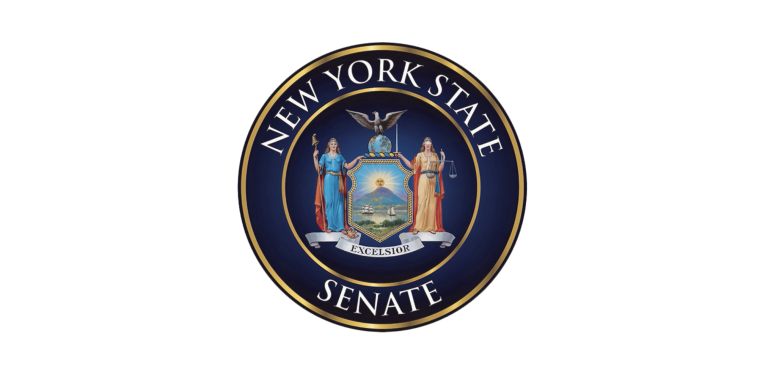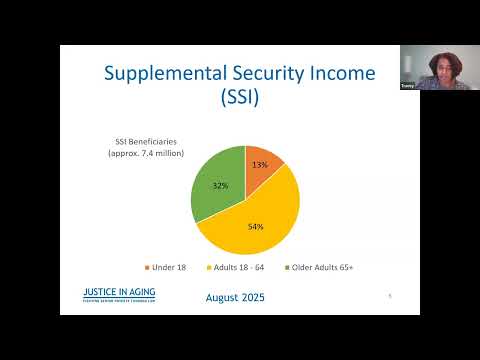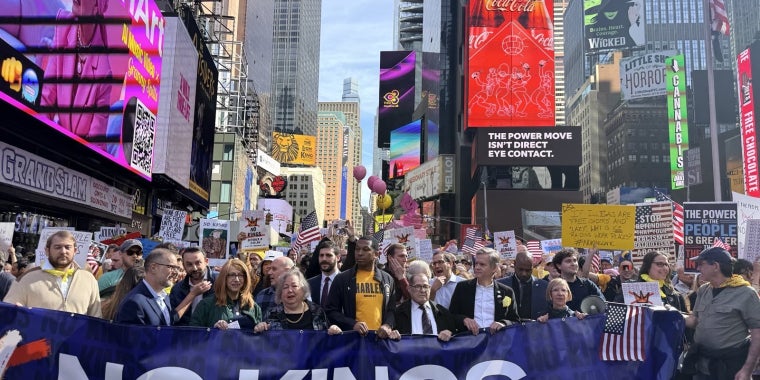
Krueger, Kelles Introduce Legislation To Establish Cryptocurrency Mining Excise Tax
October 1, 2025

Albany – Senator Liz Krueger and Assemblymember Anna Kelles today announced new legislation, S.8518, to impose an excise tax on proof-of-work cryptocurrency mining facilities that consume massive amounts of energy at the expense of New Yorkers. The bill ensures that the companies driving up New Yorkers’ electricity rates pay their fair share, while providing direct relief to families struggling with rising utility costs.
Proof-of-work cryptomining operations consume extraordinary amounts of electricity, often rivaling small cities, upstate counties, or entire industries, while providing little to no benefit for surrounding communities. According to the International Energy Agency, electricity consumption from data centers, artificial intelligence, and the cryptocurrency sector could double by 2026 potentially exceeding 1,000 terawatt-hours (TWh), or the equivalent of Japan’s total electricity demand. In 2022, these sectors collectively accounted for about 2% of global electricity consumption, or 460 TWh, with cryptocurrency mining alone responsible for nearly one-quarter of that total, which is roughly 110 TWh.
New York communities are already feeling the strain. Research has shown that the arrival of cryptomining facilities drives up electricity bills statewide, adding an estimated $79 million annually in costs for individuals and $165 million for small businesses. Their significant energy consumption drives massive increases in the build out of the electric grid to directly meet their needs. However, the cost of these infrastructure upgrades is borne predominantly by New York ratepayers through increased charges for energy distribution. Additionally, when it comes to paying for energy generation, residential ratepayers in New York pay an average of 25-28 cents per kWh, compared to as little as 2-5 cents per kWh paid by large-scale cryptomining corporations under special contracts. The result is that residents and small businesses subsidize multinational corporations’ profits through higher utility bills.
Cryptocurrency mining data centers in New York State have also raised serious environmental concerns due to their massive energy consumption, often rivaling that of entire towns. Many facilities rely on fossil-fuel-based electricity, driving up greenhouse gas emissions and undermining the state’s climate goals, while their concentrated demand can strain local grids, displace cleaner power from other consumers, and increase costs for households. They consume enormous amounts of freshwater to cool repowered gas plants, often at zero cost to the companies but with significant damage to aquatic ecosystems and agritourism economies. Their operations introduce constant noise pollution that disrupts nearby neighborhoods, while the rapid turnover of mining equipment generates massive volumes of electronic waste. By repurposing or extending the life of aging fossil-fuel plants, these facilities lock in further carbon emissions, leaving an outsized ecological footprint. These harms are especially concentrated in environmental justice communities, where older fossil-fuel infrastructure has been revived to support cryptomining operations.
In 2022, New York enacted a two-year moratorium on new fossil fuel based proof-of-work mining to allow the Department of Environmental Conservation time to study the industry’s environmental and economic impacts. That moratorium expired last November, and several months later the state released a draft environmental impact statement on proof-of-work cryptocurrency mining. The report findings conservatively estimate that emissions from currently operating facilities in New York could impose damages of roughly $10.6 billion between 2024 and 2050.
The new legislation corrects a fundamental imbalance by requiring companies to internalize the true costs of their operations, rather than shifting those burdens onto ratepayers and communities. It does this by establishing an excise tax on electricity used by digital asset mining operations that rely on proof-of-work validation, the most energy intensive form of cryptocurrency authentication. The tax is structured on a sliding scale based on electricity consumption, ensuring that the largest and most energy intensive facilities contribute proportionally more. Under the bill, mining operations consuming up to 2.25 million kilowatt-hours (kWh) annually would pay no tax, exempting small scale operations. Usage between 2.25 and 5 million kWh would be taxed at 2 cents per kilowatt-hour (kWh), between 5 and 10 million kWh at 3 cents, between 10 and 20 million kWh at 4 cents, and consumption above 20 million kWh would face the highest rate of 5 cents per kWh. Revenues generated would go directly into the existing New York’s Energy Affordability Programs, which provide critical assistance to low to moderate income households across the state. Operations that are powered by renewable energy and not connected to the grid are exempt, encouraging innovation and sustainability within the digital asset sector.
The proposed excise tax provides a durable, long term policy that prevents the externalization of costs while supporting clean energy and ratepayer relief. The bill is estimated to raise more than $500 million annually for energy affordability programs administered by the Department of Public Service which provide income-eligible consumers with a discount on their monthly energy bills, reinforcing New York’s leadership in climate action, energy justice, affordability, and responsible technological innovation.
"Cryptocurrency miners provide very little benefit to New York State or to the communities where they are located, but create significant costs and burdens on ratepayers, the electric grid, the local environment, and our shared climate," said Senator Krueger. "This bill will ensure that the costs of those negative impacts will no longer be foisted on everyone else, but the companies themselves will actually pay something a little closer to their fair share."
“Cryptocurrency mining corporations reap enormous profits while externalizing the true costs of their operations onto our communities, our climate, and New York families’ utility bills. This bill ensures that the most energy-intensive facilities finally pay their fair share, rather than forcing ratepayers to subsidize pollution, grid expansion, and ecological damage” says Assemblymember Kelles. “By directing revenues into energy affordability programs, we are turning a source of harm into a tool for relief, protecting households while upholding New York’s climate commitments.”
Background on the proof-of-work validation method:
Proof-of-Work (PoW) is a consensus mechanism first implemented in 2009 with the launch of Bitcoin to create and validate new blocks on a blockchain. There are many different consensus methods used to authenticate information within a block, well over a dozen, but PoW is distinctive because it requires a substantial amount of computational power and, consequently, consumes an exceptionally high amount of energy. Under this system, individuals or companies compete to solve highly complex mathematical puzzles in order to validate transactions and earn cryptocurrency rewards. As more blocks are mined, the difficulty of these puzzles automatically increases. By design, there is no algorithm more efficient than brute-force trial and error, so the only way to gain an advantage is to increase computational capacity. This dynamic has driven the development of large-scale mining operations and data centers, where thousands of high-powered computers run continuously to maximize the number of puzzles solved and blocks added to the chain.
New York has already taken national leadership in addressing the impacts of cryptomining through the state’s temporary moratorium on cryptomining operations explicitly run in fossil-fuel based power plants fired up for the primary purpose of mining cryptocurrency. This new bill builds on that legacy by creating a sustainable, long term policy solution that balances technological innovation with environmental protection, energy justice, and affordability.
###
related legislation
Share this Article or Press Release
Newsroom
Go to NewsroomSenator Krueger Submits Testimony Opposing Con Ed Rate Increases
November 5, 2025


Senator Krueger's October 2025 Update
October 31, 2025

